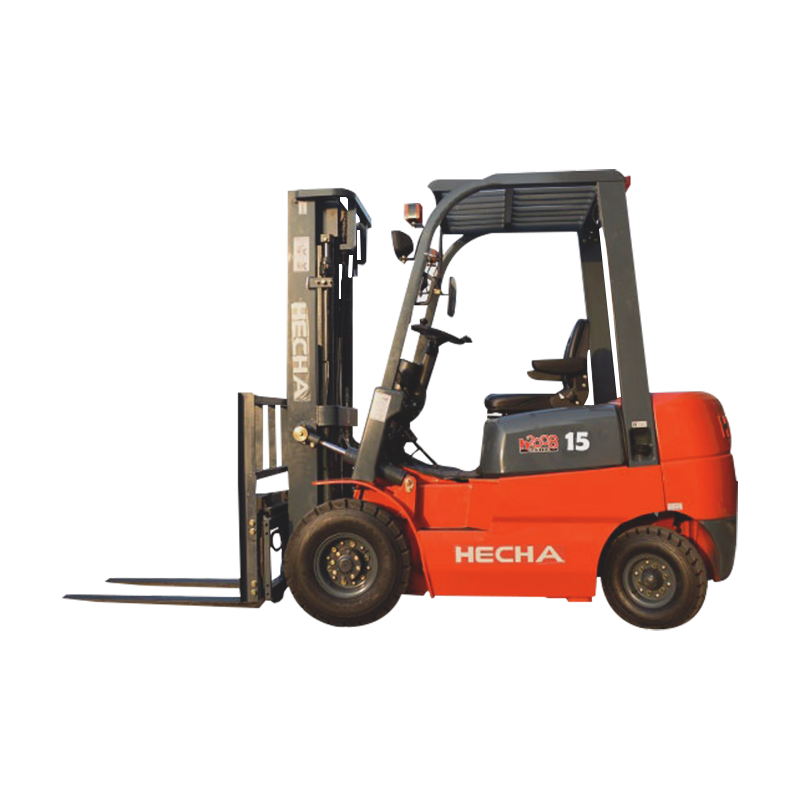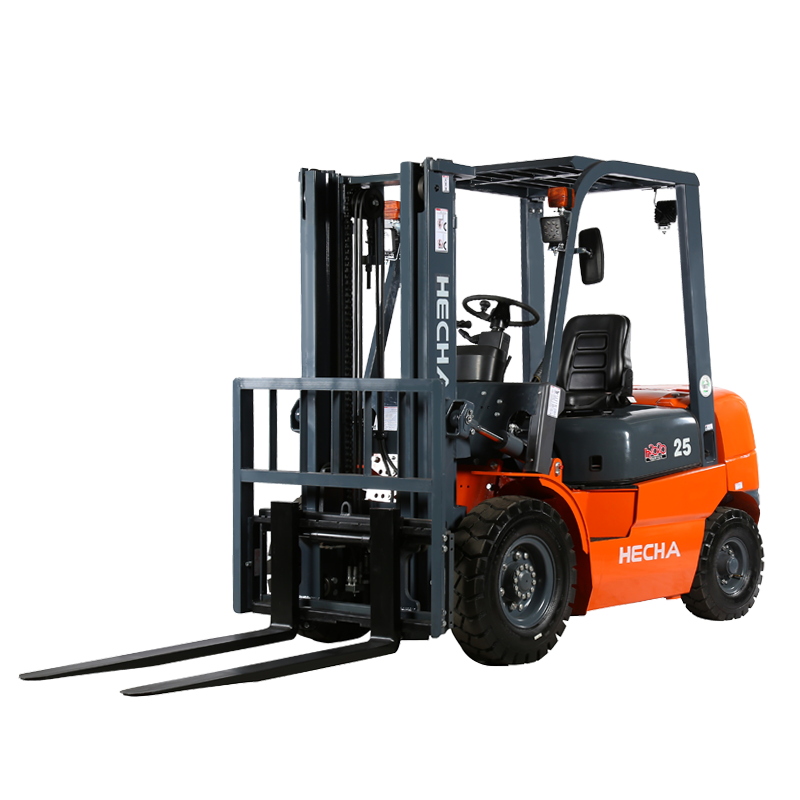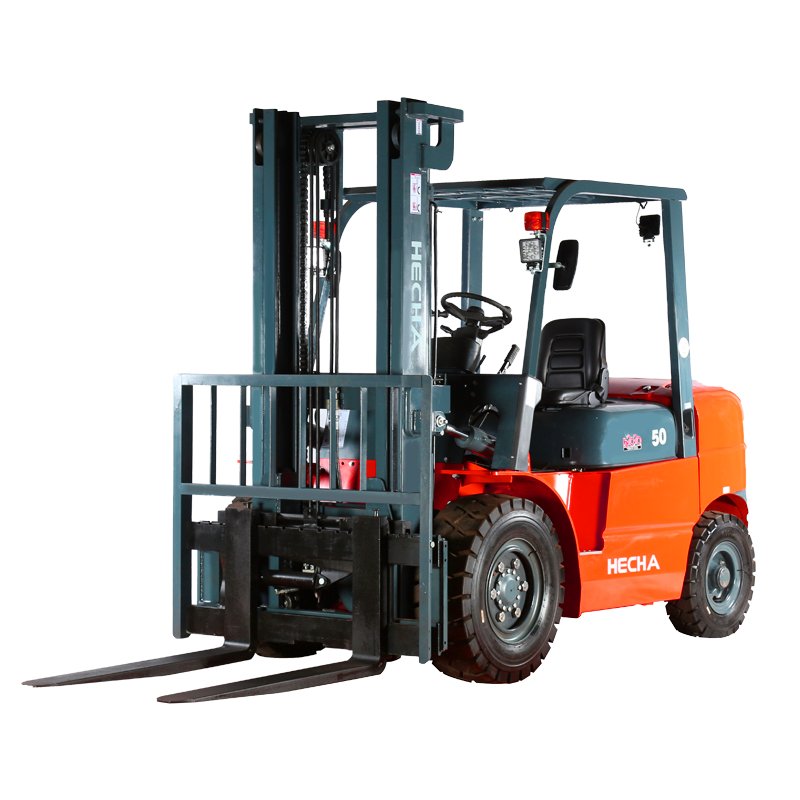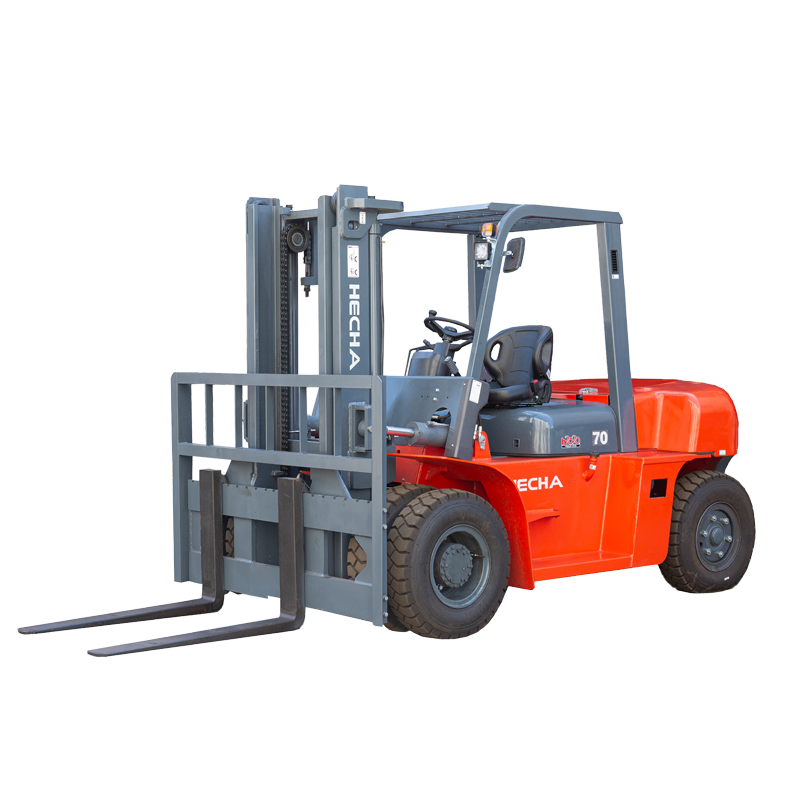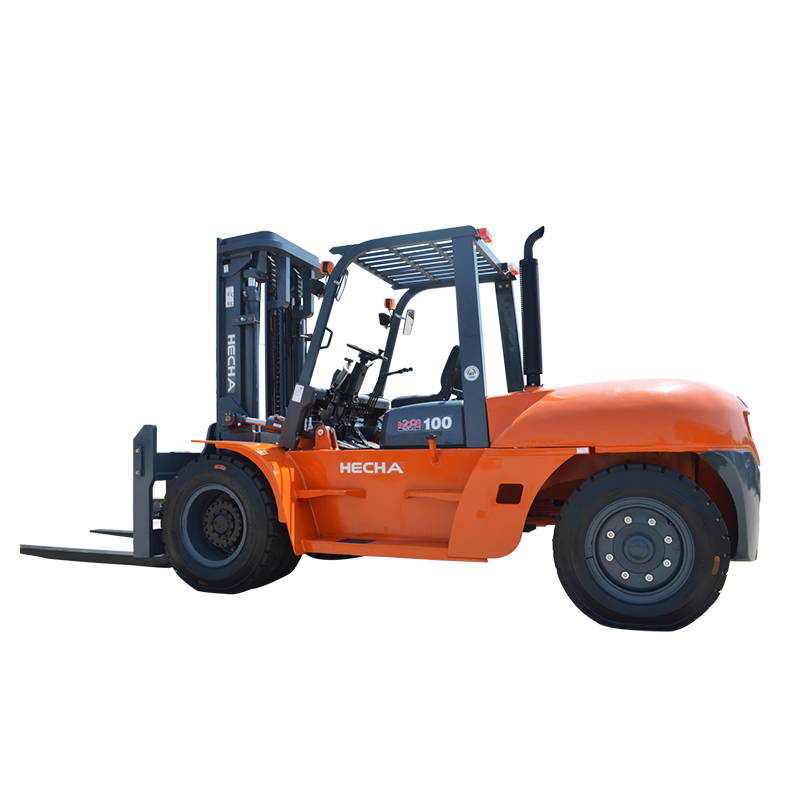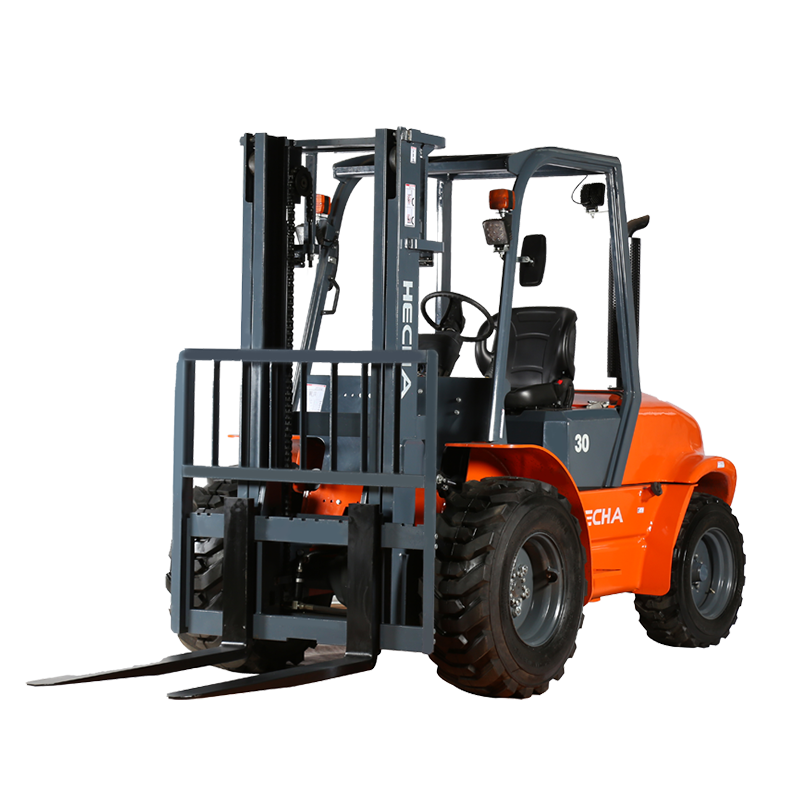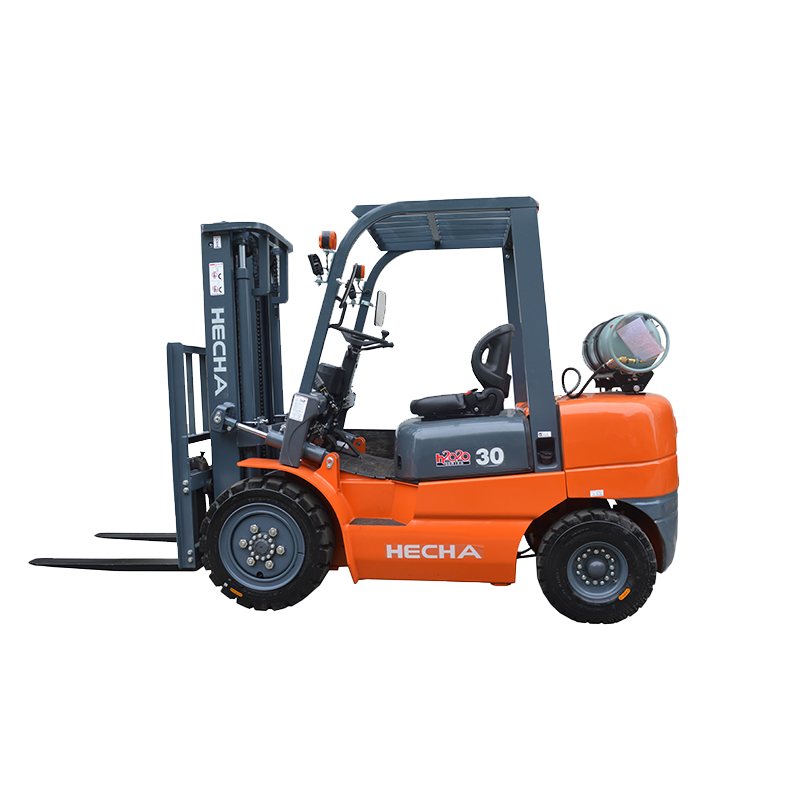Technical principle: "three-level response" mechanism of low voltage protection
The low voltage protection system of the counterbalanced electric stacker is essentially an intelligent decision-making model based on energy management. Its core logic can be broken down into three levels:
The built-in voltage sensor scans the battery status at a millisecond frequency, and immediately sends a signal to the control module (ECU) when it detects that the voltage is lower than the safety threshold. This process relies on high-precision sensors and anti-interference circuit design to ensure stable operation in complex electromagnetic environments (such as forklifts that frequently start and stop).
The ECU adopts a three-level response strategy based on the severity of the voltage anomaly:
Level 1 response: When the voltage is lower than 21V but higher than 18V, the system starts the "energy-saving mode", giving priority to cutting off non-essential loads such as lighting and air conditioning, while reducing the power output of the drive motor to ensure that the vehicle can still travel at a low speed.
Secondary response: When the voltage is lower than 18V, the system is forced to switch to "limp home mode", only retaining power supply for key systems such as steering and braking, limiting the maximum speed of the vehicle to 2km/h, and avoiding power shortages
Third-level response: When the voltage is lower than 15V, the system triggers "emergency stop", cuts off all non-essential circuits, and prompts the operator through buzzers and light alarms.
Low voltage protection is not only a defense mechanism, but also has fault self-diagnosis and recovery capabilities. When the battery voltage returns to above the safety threshold, the system automatically executes the "reset procedure" to gradually restore the cut-off load to avoid secondary failures caused by sudden loading.
Industry pain points: limitations of traditional design
Before the popularization of low voltage protection technology, the stacker industry has long faced two major pain points:
Safety hazards caused by "running with illness"
Traditional stackers lack low voltage protection functions. When the battery is low on power, operators often rely on experience to continue working. This "running with illness" mode is very likely to lead to the following risks:
The drive motor loses control of the vehicle due to insufficient torque;
Pressure fluctuations in the hydraulic system cause cargo to slip;
Delayed response of the brake system leads to collision accidents.
Hidden loss of battery life
Overdischarge is one of the main reasons for the shortened life of lead-acid batteries. According to statistics, the battery life loss caused by low-power operation of traditional stackers is as high as 30%, and the cost of replacing batteries accounts for 25%-40% of the maintenance cost of the equipment throughout its life cycle.
Innovation breakthrough: technical evolution of low voltage protection
In order to address the pain points of the industry, counterbalance type electric stacker manufacturers have upgraded low voltage protection from a single function to an intelligent energy management system through technological iteration. Its innovations are mainly reflected in three aspects:
The new generation of stackers realizes real-time prediction of battery status through AI algorithms and big data analysis. For example:
Battery health assessment: The system predicts the remaining battery life based on parameters such as the number of charge and discharge cycles and internal resistance changes, and plans maintenance cycles in advance;
Voltage trend analysis: Through historical data modeling, the system can predict the voltage drop trend 15 minutes in advance to avoid downtime caused by sudden low voltage.
The low voltage protection system is deeply integrated with regenerative braking technology to form an energy closed loop. When the vehicle decelerates or goes downhill, the drive motor switches to generator mode to convert kinetic energy into electrical energy and recharge the battery. This design not only extends the battery life, but also provides a "backup power supply" for key systems in low-power states.
To avoid system failure caused by single-point failures, modern stackers adopt a "double insurance" design:
Hardware redundancy: Dual voltage sensors and dual control modules back up each other. When the main system fails, the backup system can take over seamlessly;
Software redundancy: The control module has a built-in "watchdog" program to monitor its own operating status in real time to prevent protection failure caused by software crashes.
Application scenario: How low-voltage protection reshapes the operation process
The introduction of low-voltage protection technology not only improves the safety of stackers, but also profoundly changes the operation mode of warehousing and logistics:
In logistics centers that operate continuously for 24 hours, the low-voltage protection system ensures that the vehicle can still return to the charging area safely when the battery is low through intelligent scheduling. For example, when the battery power drops to 20%, the system automatically plans the optimal route to avoid peak congestion areas and prioritize the smooth return of the vehicle.
In special scenarios such as cold chain warehouses and explosion-proof workshops, the low-voltage protection system dynamically adjusts the protection threshold through environmental perception technology. For example, in a low-temperature environment, the battery activity decreases, and the system will start low-voltage protection in advance to avoid equipment shutdown caused by voltage drop.
The deep integration of the low-voltage protection system and the operator interface (HMI) makes safety prompts more intuitive. For example, when the system enters the "energy-saving mode", the HMI will display the remaining battery life and recommended operations (such as "recommend charging immediately") to help operators make quick decisions.
Future Outlook: Low Voltage Protection in Smart Logistics
With the advancement of Industry 4.0, low-voltage protection technology is moving towards "intelligence, networking, and platformization":
Forklifts communicate with cloud platforms in real time through 5G networks to achieve remote monitoring of battery status and fault warning. For example, when the battery health of a vehicle is lower than the threshold, the system will automatically send a notification to the maintenance team to arrange battery replacement in advance.
The energy management system based on machine learning can dynamically adjust the low-voltage protection strategy based on factors such as operation intensity, path planning, and battery status. For example, during peak hours, the system will prioritize the completion of key tasks, while during off-peak hours, it will extend the vehicle's battery life by limiting non-essential loads.
With the application of new energy sources such as hydrogen fuel cells and solid-state batteries, low voltage protection systems need to have cross-platform adaptability. For example, in hydrogen fuel cell stackers, the system needs to monitor hydrogen pressure and battery voltage at the same time to ensure the coordinated safety of multi-energy systems.

 English
English 中文简体
中文简体 русский
русский Français
Français Español
Español

